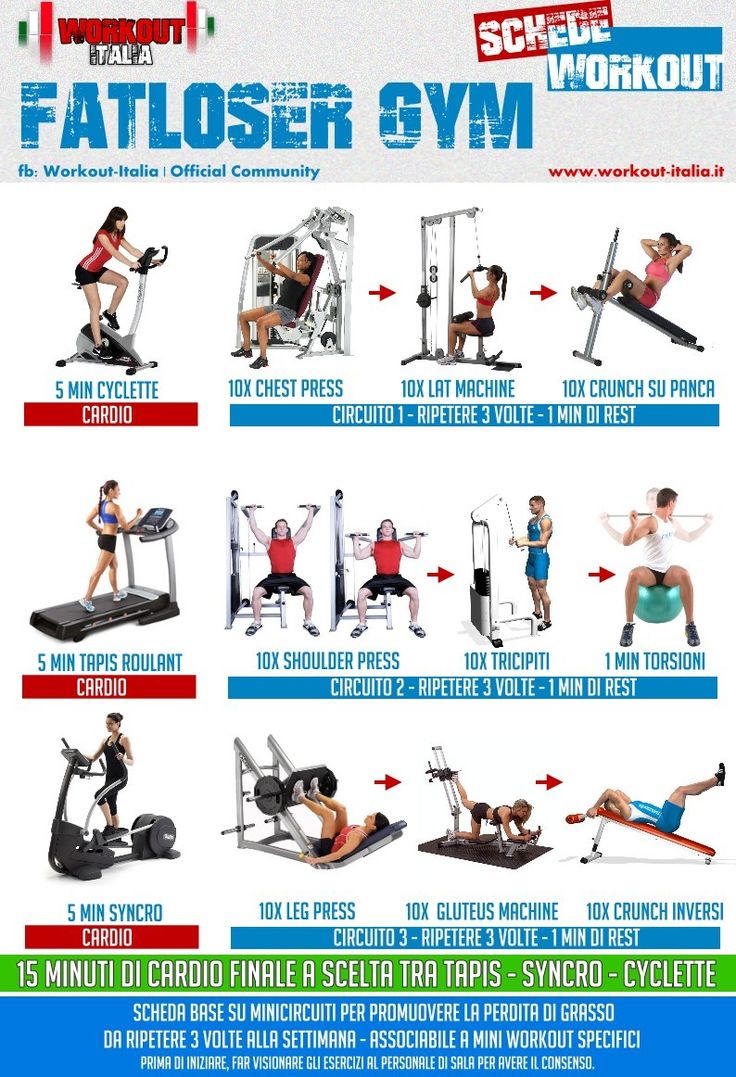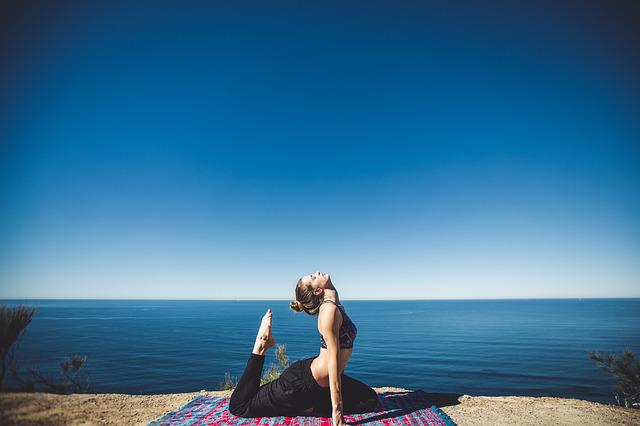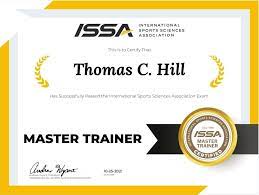
Exercise at home is a great alternative to going to the gym. Saving money on gym memberships and saving time is another benefit of home workouts. But how do you start a workout routine at home? Here are a few ideas to help get you started.
Exercise Routine for Home: Basic Bodyweight Exercises
Exercises at home are usually done using your own bodyweight. These exercises will target all of your major muscle groups. These bodyweight moves will not only strengthen and tone your muscles but also help you improve your posture and flexibility.
It is important to keep in mind that the best way to do a bodyweight training session is with proper form. It is particularly important to use proper form when you are performing an exercise which requires you lift your legs. Using proper form ensures that you aren't straining or injuring yourself while performing the exercise.
Bodyweight exercises should be performed for at least 30 seconds per repetition, but it is best to perform the exercise on repeat for up to two minutes in a row if you have the endurance to do so. This will allow the body to recover, and can help you avoid injury.

Beginners make a common mistake by trying to exercise too fast. In an attempt to finish too much in less time, beginners can burn out or lose motivation. They may then give up their exercise program.
There are simple techniques you can use to help keep yourself motivated and continue with your workouts. You can do this by changing your workouts, reps and weights.
Method 1: Increase your reps, decrease the rest time between sets, and/or add a new workout. These methods are called progressive overload, and they will challenge your body. If you are a beginner, you should increase the number of reps in a set by about 20 percent each week until you reach your full strength level.
If you do push-ups at your level of total body strength for the first week, then for the next three weeks, do 15 reps for each set: week 2, 25 reps and week 3, 20.
You can gradually increase the difficulty of your push-ups by doing this exercise in later weeks.

The best part about these techniques is that they are easy to implement and won't disrupt your day-to-day routine. Just add a couple more reps per week to your sets and you will start seeing results.
This home workout will get you moving and give you more energy throughout the entire day. This workout will help you burn calories, slim down and boost your confidence.
FAQ
What happens if there isn't enough sleep?
If you don't get enough sleep, your brain doesn't receive the signals needed to regulate hormones and chemicals in regulating appetite and metabolism. In turn, this can cause you to eat more and gain weight. Sleep deprivation can also lead to excessive weight gain.
What if I am exercising and want to eat?
Yes. Yes. You can eat whatever you want while you exercise. You should choose low-calorie snacks, such as watermelon (carrots, celery), apples, bananas and grapes. These foods have nutrients that can help you perform better in your workouts.
Can I exercise after eating?
It depends on the exercise you do. Avoid strenuous exercise after meals as it can cause stomach cramps. Light aerobic activities, such as walking or biking, are better.
Exercise can I help me lose weight
Yes. Yes. Regular exercise can help you lose weight and burn extra calories. Regular exercise can help you burn calories even when your metabolism is not high.
Statistics
- In high-income countries, 26% of men and 35% of women were insufficiently physically active, as compared to 12% of men and 24% of women in low-income countries. (who.int)
- Globally, 28% of adults aged 18 and over were not active enough in 2016 (men 23% and women 32%). (who.int)
- In 2018, the World Health Assembly agreed on a global target to reduce physical inactivity by 15% by 2030 and align with the Sustainable Development Goals. (who.int)
- Physical activity confers the following maternal and fetal health benefits: a decreased risk of pre-eclampsia, gestational hypertension, gestational diabetes (for example, 30% reduction in risk) (who.int)
External Links
How To
How to motivate yourself for a healthy fitness routine
A fitness plan is a set or sequence of exercises that are done regularly for a particular time. It can help people tone and build muscle. Regular physical activity improves cardiovascular health and reduces blood pressure, cholesterol levels, risk of heart disease and stroke, diabetes, depression, anxiety, stress, obesity, osteoporosis, and many other diseases. Regular exercise can also provide psychological benefits such self-esteem.
Why do you want to follow your own fitness routine?
To lose weight, improve your health, and become fit, you need to start a fitness program. What makes a fitness routine so important? Let's discover!
What does it actually mean to do a workout?
It's about engaging in at least three physical activities per week. This doesn't mean you have to do it for hours. Just 30 minutes can burn calories and keep your body healthy. The most important thing to remember is to stick to the plan. It doesn't matter if you skip a day or two. Just keep going.
How much time will I need to devote to my workouts?
It all depends on how busy your schedule is. An average workout takes 20-30 mins. Start slowly by exercising for five to ten minutes first if you're just starting out. Gradually increase the time until you feel comfortable.